Introduction: Staying Well in Old Age
As we age, maintaining mobility becomes most important for preserving independence, health, and overall well-being. Staying active can make the difference between thriving in your golden years and struggling with physical pain and limitations. Today, we’ll look at practical mobility tips for elderly individuals to help them stay energized, confident, and safe to make the most of each day. If you’re looking to support your mobility journey, be sure to explore Lunderg’s mobility aids for tools designed to make independent mobility safer and more comfortable.
At our core, Lunderg prioritizes your well-being and independence, aiming to empower you to navigate your environment with confidence and ease. By incorporating our mobility aids solutions into your daily routine, you or your loved ones can experience the freedom, convenience, and peace of mind that they bring, enhancing your overall quality of life.
The Importance of Mobility in Overall Health and Wellbeing
Why is it Important for Older Adults to Exercise? Exercise is more than just movement; it’s a vital part of healthy aging. Regular physical activity helps improve cardiovascular health, strengthen muscles, enhance balance, and support mental clarity and focus. It also plays a significant role in preventing chronic conditions like diabetes, heart disease, osteoporosis, and arthritis.
For seniors, staying active reduces the risk of falls—one of the leading causes of injury among older adults. Even moderate activity can ward off joint stiffness, muscle atrophy, and anxiety and depression, enhancing both physical and mental well-being. Using mobility aids such as walkers, canes, or rollators can offer much-needed stability and freedom. These tools provide reassurance and support, empowering older adults to remain active with confidence. Click here to learn more about Lunderg’s mobility aids to suit a range of needs.
Our mobility aids solutions are meticulously crafted with robust construction and thoughtful design, ensuring they provide reliable support and stability in a multitude of everyday situations. Whether you or your loved ones need assistance with getting in and out of bed, using the toilet, or transferring safely into the bathtub, our products offer practical and safe solutions tailored to your needs.
Proactive Mobility Tips for Elderly Individuals
Physical activity for older adults doesn’t need to be strenuous. In fact, consistency is more important than intensity. Here are some low-impact and manageable ways to stay active:
- Low-impact exercises: activities like walking, swimming, and chair yoga help maintain cardiovascular health and muscle tone without putting stress on joints.
- Balance exercises: simple movements such as heel-to-toe walking or standing on one foot (near a wall or sturdy surface) can significantly improve stability.
- Bed Exercises for Elderly: for individuals with limited mobility, light movements like leg lifts, ankle circles, or gentle stretches can be performed in bed or while seated.
A well-rounded routine includes a mix of:
- Aerobic exercises for heart health
- Strength training (e.g., resistance bands or light weights) to preserve muscle mass
- Flexibility movements to maintain range of motion
These mobility tips for elderly individuals can be gradually incorporated into daily routines, and complemented by mobility aids, for long-term benefits.
Safety Considerations for Active Seniors
While staying active is crucial, safety should always come first. Seniors should follow these guidelines to prevent injury:
- Wear appropriate footwear:supportive, non-slip shoes help reduce the risk of falls.
- Use mobility aids when necessary: devices like bed rails, safety lights, rollators, walkers, and walking sticks enhance balance and confidence. Lunderg’s mobility aids are designed with both safety and style in mind.
- Exercise in safe environments: choose well-lit, clutter-free spaces to move around.
- Warm-up and cool-down: always begin and end physical activity with gentle movement and stretches to avoid muscle strain or cramping.
Whether it’s a walking cane with ergonomic grip or a wheeled walker with a built-in seat, the right tool can help seniors exercise with ease and peace of mind.
Staying Motivated and Engaged in Physical Activity
Keeping the elderly active isn’t just about giving them basic exercises and schedules; it’s also about helping them enjoy the process. Motivation can make or break long-term success. Here are a few effective strategies to start:
- Set small, achievable goals: starting with 10 minutes of daily activity can lead to longer and more confident sessions.
- Track progress: a simple journal or fitness tracker can help seniors see their improvements over time.
- Vary the activities: Walking in a park one day and gardening or other chores the next helps keep routines fresh and engaging.
Staying socially connected also plays a big role. Encourage seniors to walk with a friend, attend a gentle yoga class, or join a community fitness group. These group settings not only keep the elderly moving but also foster social interactions and reduce isolation.
Family involvement can also amplify motivation. Encourage family members to participate in walks, stretching routines, or even light games. This shared activity builds bonds and creates healthy habits together—truly key to keeping elderly active.
The Role of Caregivers and Family Members in Supporting Active Lifestyles
Staying active as we age is a shared effort. Caregivers and family members play an essential role in supporting seniors’ mobility and fitness goals.
- Help: set up safe exercise areas in the home, ensuring space is clutter-free and surfaces are non-slip.
- Assist with routines: support stretches or simply be there for encouragement, small acts of positive reinforcement can go a long way.
- Provide emotional reinforcement: celebrate milestones and consistency, no matter how little or small, and encourage persistence even on tough days.
Seniors are more likely to stick with a routine when they feel supported, heard, and celebrated. Positive reinforcement, routine companionship, and a bit of accountability can make daily physical activity something to look forward to, not dread.
Consulting Healthcare Professionals
Before starting any new exercise program, seniors should consult a healthcare provider. Personalized medical advice ensures that chosen activities are appropriate, especially for those managing chronic conditions, recovering from surgery, or dealing with mobility restrictions.
Physical therapists, occupational therapists, or primary care physicians can recommend customized routines, advise on the best exercises for seniors, and even guide the proper use of mobility aids. This step is crucial for long-term safety and success.
Conclusion: Create Your Mobility Routine
Maintaining mobility is a key ingredient in aging well. From enhancing heart health to supporting mental clarity and preventing falls, movement is essential at every stage of life. With these mobility tips for elderly individuals, seniors can take charge of their health and independence.
Aim to incorporate daily walks, stretching sessions, and simple chair or bed exercises into your mobility routine. Every movement counts!
And remember, the right mobility tools can make all the difference. Explore Lunderg’s full range of mobility aids to find solutions that keep you or your loved ones moving safely and confidently. Let today be the start of a more active, engaged, and fulfilling chapter. Because staying active isn’t only a goal—it’s a way of life.
$129.95 – $134.95Price range: $129.95 through $134.95
$44.95 – $54.95Price range: $44.95 through $54.95
$59.95 – $89.95Price range: $59.95 through $89.95

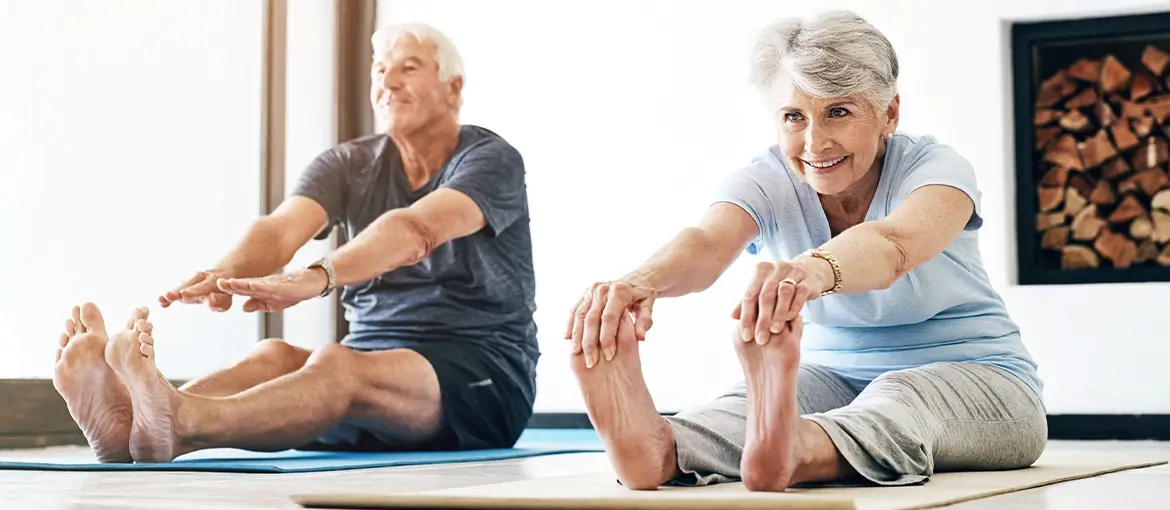
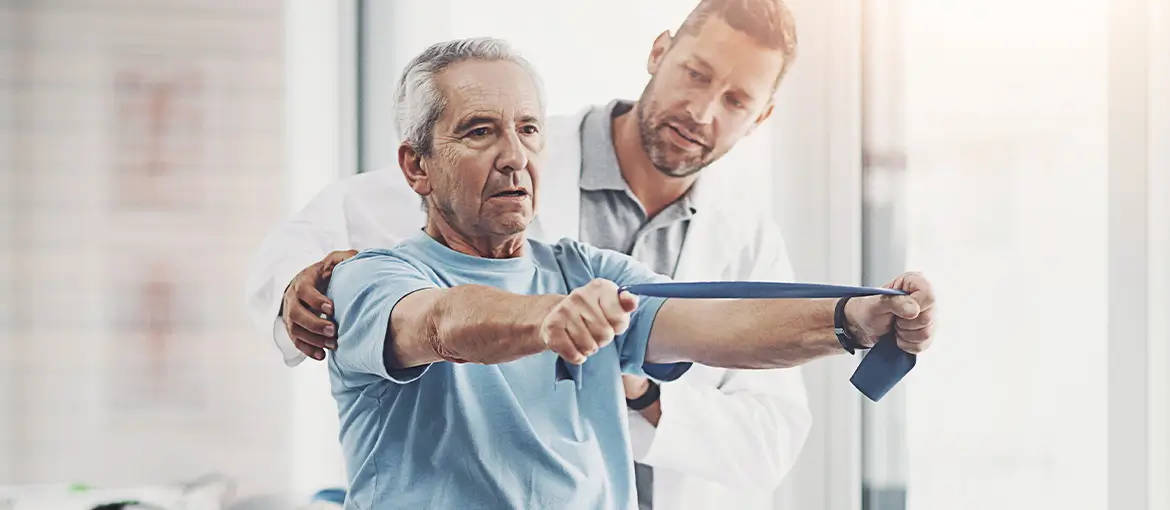
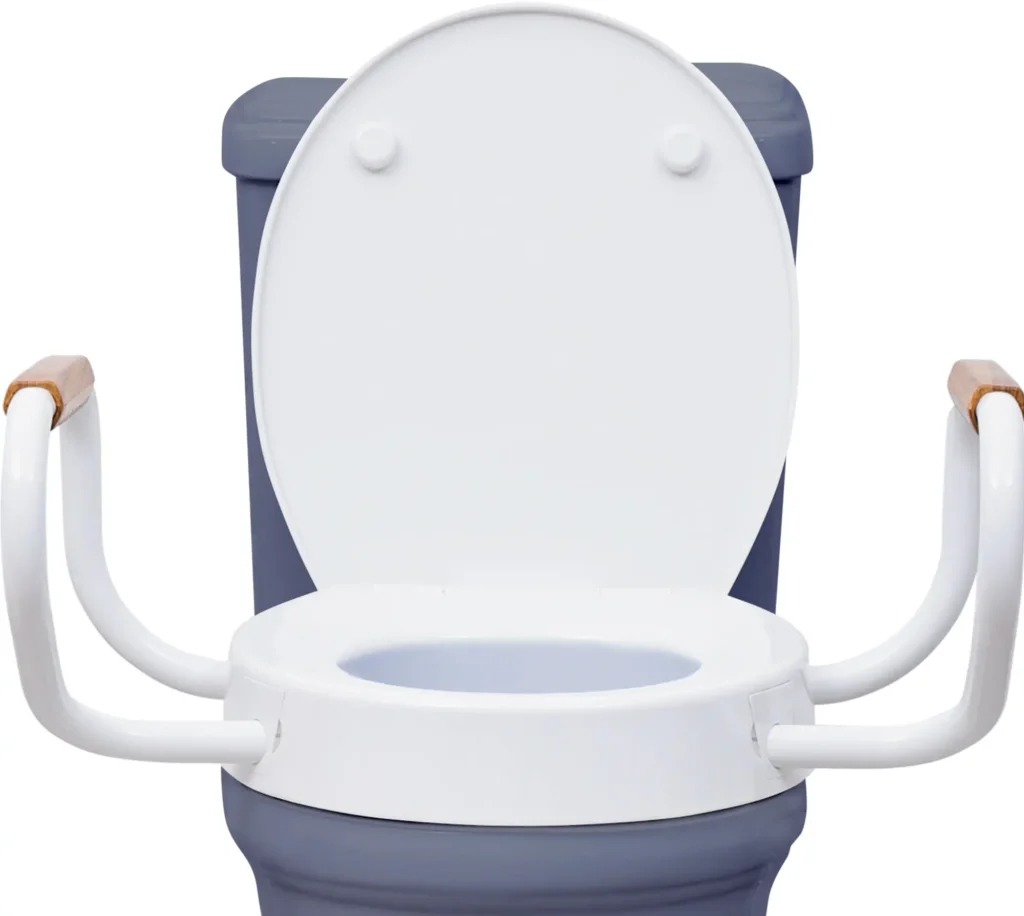
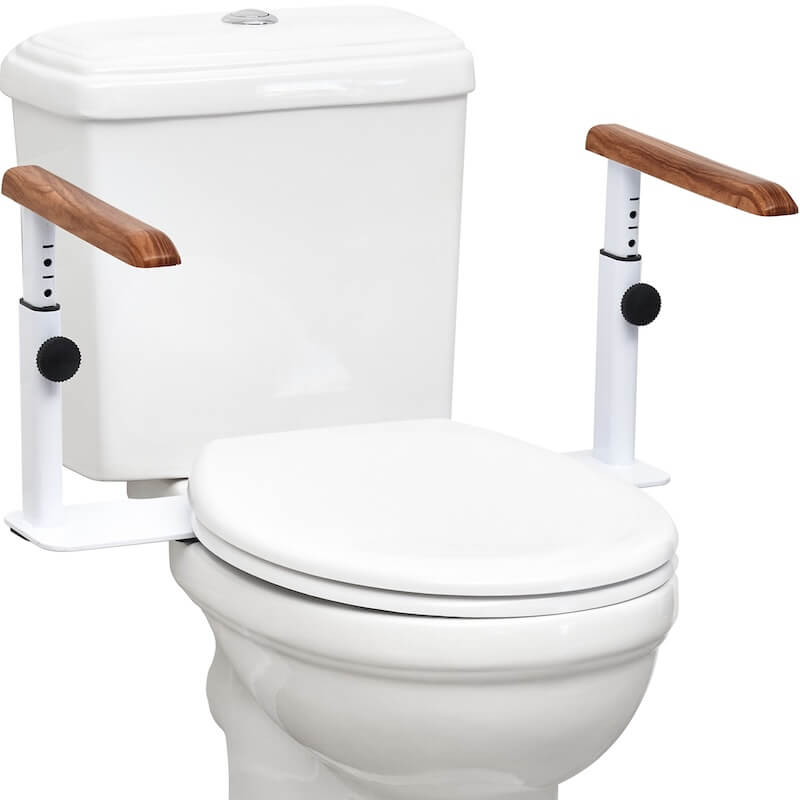
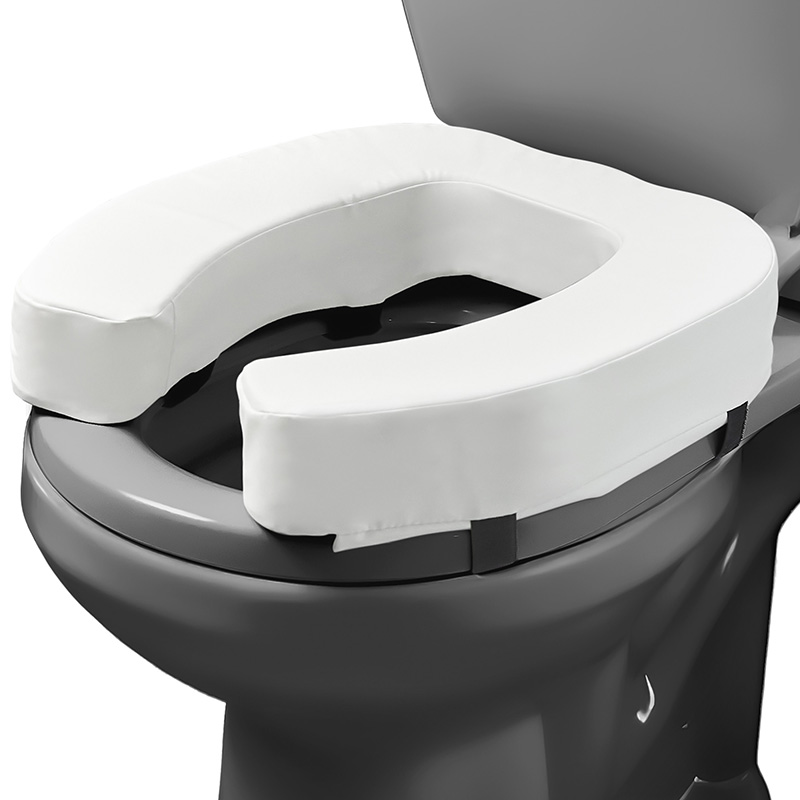
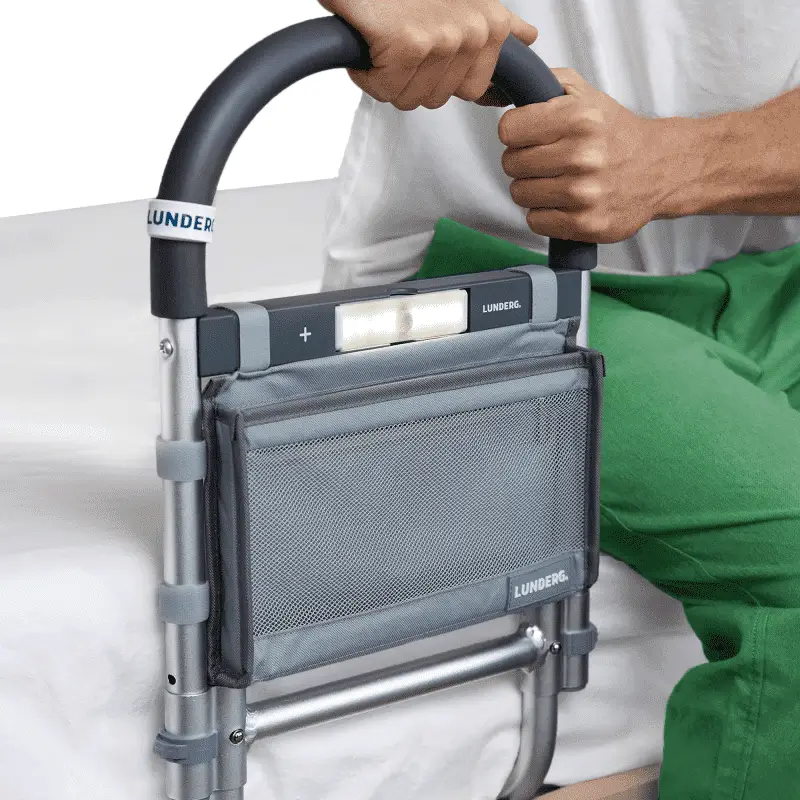
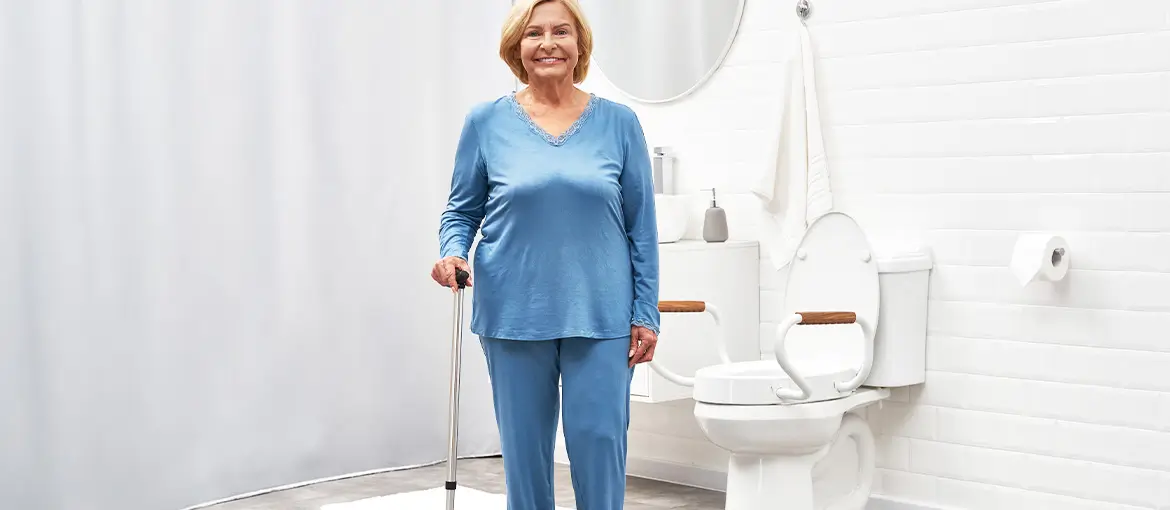
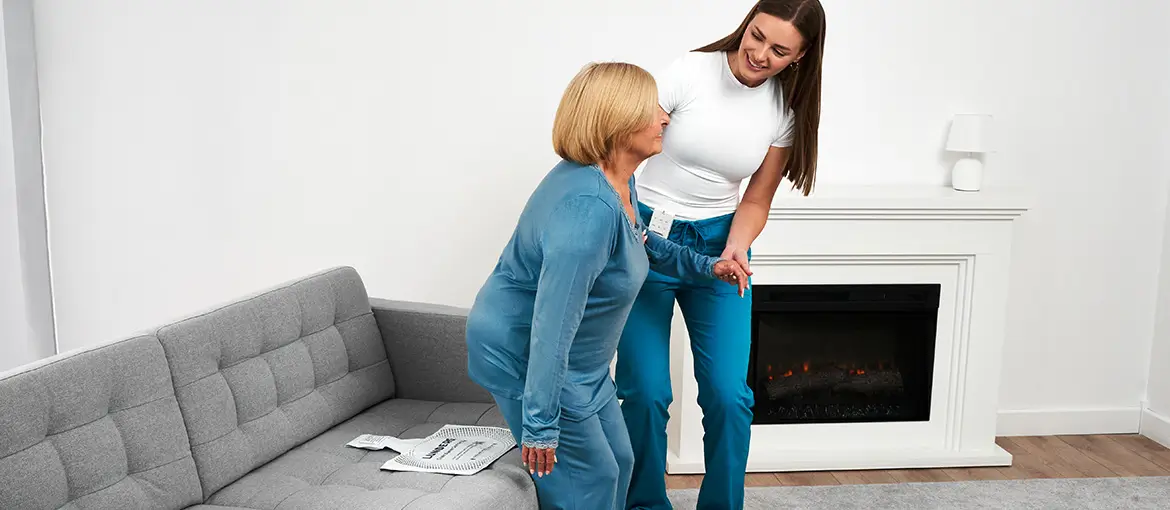
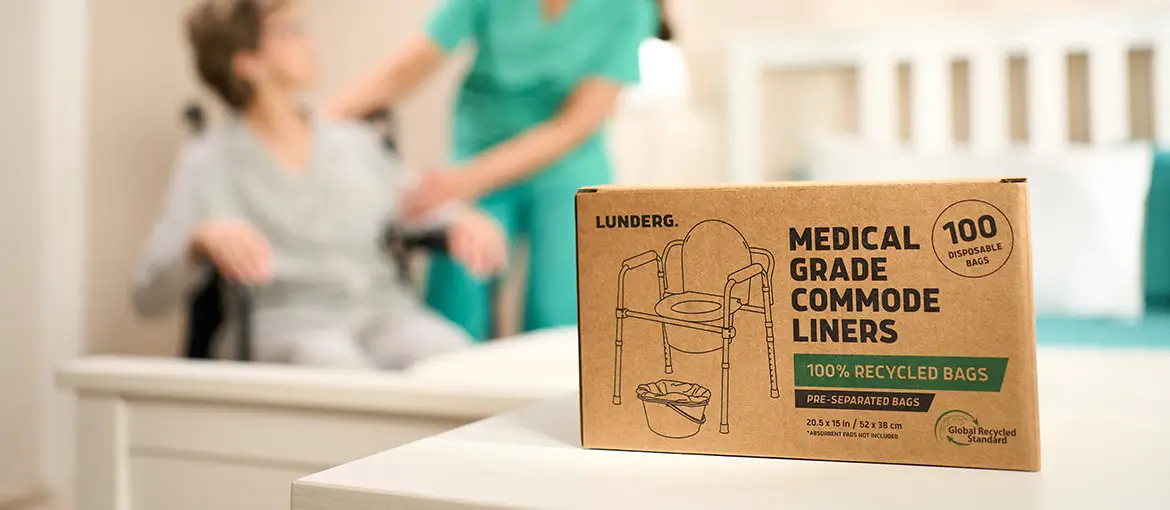

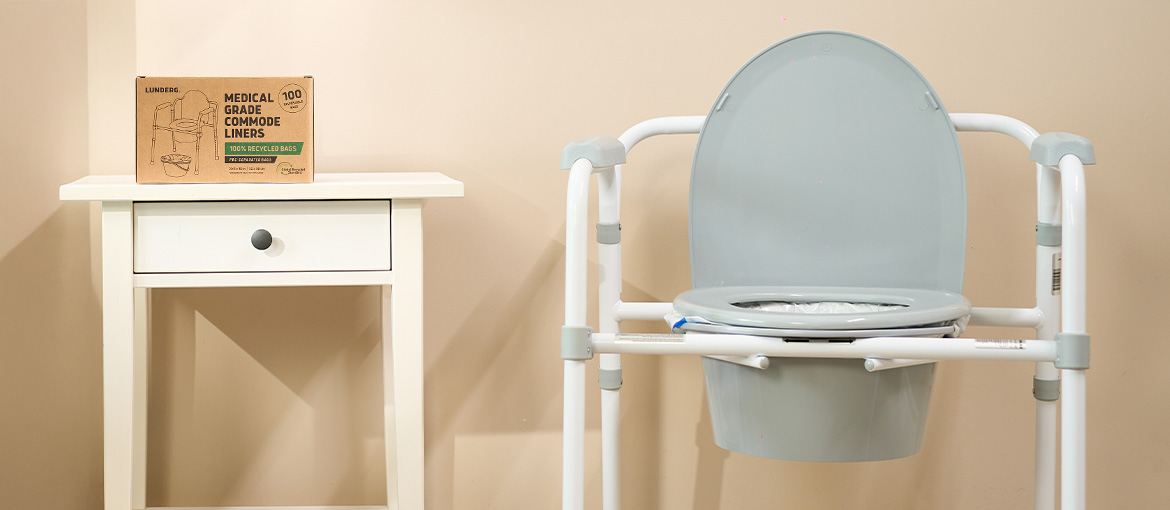
Comments(0)